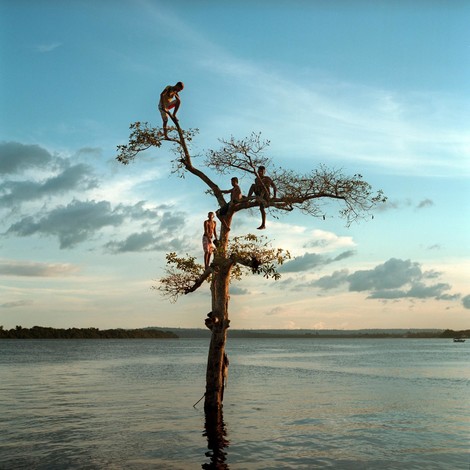Your podcast discovery platform
Curious minds select the most fascinating podcasts from around the world. Discover hand-piqd audio recommendations on your favorite topics.

piqer for: Climate and Environment Global finds
Born in the south of Mexico, she was raised in rebel Zapatista autonomous municipalities to later settle down in San Cristobal de las Casas where she cofounded ''La Casa de las Flores'', a non-profit dedicated to educate, feed and care for the marginalized children living on extreme poverty in the streets of her city. After graduating from Nursing school she enrolled in Biotechnology and Astrophysics.
Amazonian Tribes' Fight For Survival
The Amazon forest is a carbon sink, meaning it stores carbon dioxide and prevents it from entering the atmosphere and fueling climate change. This rain forest is home to 10% of all plant and animal species known on Earth, sheltering over 578 mammals, an approximate of 40,000 species of plants and 1,700 varieties of birds, 695 amphibians, 651 reptiles, along with million different kinds of insects.
It plays an essential role in helping to control the entire planet’s atmospheric carbon levels. The Amazon Basin stores approximately 100 billion metric tons of carbon, yet we deforest it at a speed of 27,423 km² per year. For a comparison, New York city is only 789 km².
While here is a graphic showing the main reasons of this destruction, we all know its devastating consequences on our planet; however, the consequences over the 400 different tribes that inhabit it are, by far, less brought into matter.
It's planned that in the year 2019 the fourth largest hydroelectric dam in the world will be opened. This will flood the land of many indigenous people. Sixteen of these tribes, who speak different languages and live based on different costumes, united to protest against it. This movement has drawn the attention of Aaron Vincent Elkaim, whose photographs bring into light the complexity of the situation.
